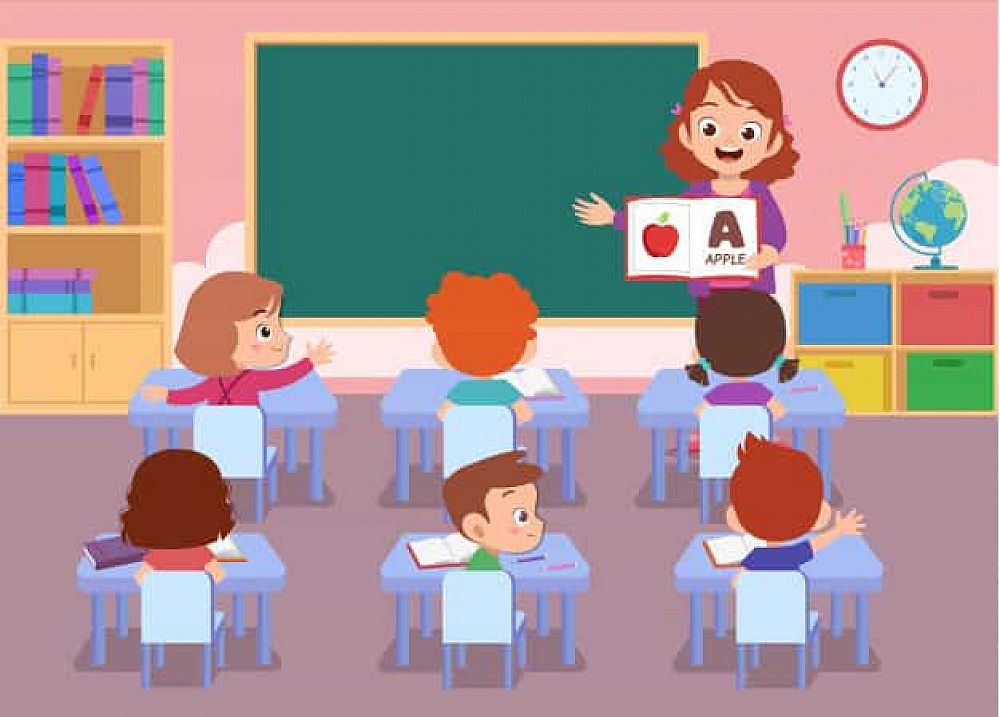And this is how I see! Kaseta_Young_Learners - Lesson 0 grade
Kaseta_Young_Learners - Lesson 0 grade

Identify the phases and the aims of the lesson:
Aim of the lesson: Review/practice the rooms at home.
Aims of the lesson: review animals, what they can do and where they are. Answer to the question, Where is the animal around the house?.
Phases:
Warm up: Chant song and Answer to the questions about the Book, What’s the animal doing, moving the nose etc.The teacher activates the language for the main activity, previously presented.
Lesson: Through a game, the target it’s to find the dog in one of the rooms at the house. The teacher used a song playing hide and seek.
Closing: saying goodbye to the subject of the lesson, in this case, the spot dog says goodbye to each of them (physically), giving validation and belonging. Closing song.
The aids the teacher uses:
I Like that she uses a lot of strategies to do her lesson, between songs, chants, books, and objects the teacher maintains the attention of the hall class. Something that i find very interesting is the use of hide and seek as a tool to find in a house the missing character.
Describe the problems which occurred in the course of the lesson. What do you think was the reason?
I don’t see many problems, just one, it seems that the kids had enough vocabulary to participate or at least understand the lesson. The teachers insist on dealing with the dynamic discipline through polish, I believe it also can be done in English. I think it happens because the children feel more compromise in their own language.
What possible alternatives/amendments/improvements to the lesson structure can you think of? What would you do differently?
In my opinion, she did a lot of very good things, in terms of lesson structure it was fine, i would do some things different, but also depends on the time, for example; i will explain my students what are we going to learn today or what we are doing and also, doing some extra work to reinforce the knowledge, using cutting, or painting or even a worksheet.
Was it a good lesson? Why (not)? What was it exactly that made it (un)successful?
I believe that a good lesson is an exchange or entertaining childrens, participating and speaking the teaching language, where they do not feel limited and can express themselves and not only teachers speaking show. I think this is a good practice communication lesson more than a presentation of the knowledge.

Comments
Post a Comment